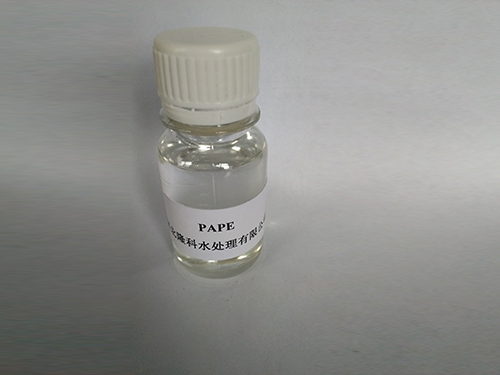Synthesis and Applications of Polymaleic Anhydride in Various Industries
Polymaleic Anhydride A Versatile Polymer in Modern Applications
Polymaleic anhydride (PMA) is a significant polymer that has garnered attention in various fields due to its unique chemical properties and versatility. As a derivative of maleic anhydride, PMA exhibits a range of functional characteristics that make it suitable for applications in industries such as pharmaceuticals, agriculture, and materials science. This article explores the properties, synthesis, and diverse applications of polymaleic anhydride.
Chemical Properties and Structure
Polymaleic anhydride is formed through the polymerization of maleic anhydride, a colorless organic compound characterized by its strong reactivity and ability to engage in various chemical reactions. The structure of PMA consists of repeating maleic anhydride units linked by anhydride bonds. This polymer can exist in various forms, including linear and cross-linked structures, depending on the specific polymerization process employed.
One of PMA's most notable features is its ability to undergo hydrolysis, leading to the formation of maleic acid. This property allows PMA to be utilized in various applications where pH sensitivity is crucial. Moreover, PMA is known for its excellent solubility in polar solvents, as well as its stability under a range of temperature and pH conditions, making it a reliable choice for different formulations.
Synthesis of Polymaleic Anhydride
The synthesis of polymaleic anhydride typically involves free radical polymerization, although other methods such as anionic or cationic polymerization can also be applied. The choice of polymerization method can influence the molecular weight, degree of branching, and overall properties of the resulting PMA. In industrial applications, the purification and characterization of PMA are paramount to ensure the consistency and quality of the final product.
Temperature, pressure, and the presence of catalysts are critical factors influencing the synthesis of PMA. By manipulating these parameters, chemists can tailor the properties of PMA to fit specific needs, resulting in a wide array of materials that can be utilized in various applications.
Applications of Polymaleic Anhydride
polymaleic anhydride

The versatility of polymaleic anhydride translates into a multitude of applications across various sectors
1. Additives in Various Industries PMA serves as an effective additive in the construction and coatings industries, where it enhances adhesive properties and improves the durability of coatings. Its ability to act as a dispersing agent is beneficial in paint formulations, preventing the settling of solid pigments.
2. Agricultural Uses In agriculture, PMA is used in formulations for controlled-release fertilizers and herbicides. Its capacity to form films and control the slow release of active ingredients helps optimize nutrient delivery to plants while minimizing environmental impact.
3. Pharmaceutical Applications Polymaleic anhydride is making waves in the pharmaceutical industry as a drug delivery system. Its biocompatibility and ability to encapsulate various bioactive compounds enhance drug stability and release profiles, making it an ideal candidate for developing advanced drug formulations.
4. Water Treatment In water treatment applications, PMA is utilized as a scale inhibitor and dispersant. Its excellent chelating properties allow it to bind with metal ions, thus preventing scale formation in pipelines and industrial systems.
5. Biomedical Applications Owing to its compatibility with biological systems, PMA is being explored for various biomedical applications, including scaffolds for tissue engineering and carriers for targeted drug delivery. Its biocompatibility opens new avenues for its use in drug formulations and medical devices.
Conclusion
Polymaleic anhydride stands out as a multifunctional polymer poised to impact various industries significantly. Its distinctive chemical properties, combined with its adaptability in synthesis and application, make it a valuable material in modern technology. As research continues to unravel new potential uses and formulations, PMA is likely to play an increasingly central role in innovative solutions across pharmaceuticals, agriculture, and beyond. The ongoing exploration of its capabilities underscores the importance of this polymer in meeting the challenges of contemporary society, driving sustainability, and enhancing the quality of products in everyday life.
-
lk-319-special-scale-and-corrosion-inhibitor-for-steel-plants-advanced-solutions-for-industrial-water-systemsNewsAug.22,2025
-
flocculant-water-treatment-essential-chemical-solutions-for-purification-processesNewsAug.22,2025
-
isothiazolinones-versatile-microbial-control-agents-for-industrial-and-consumer-applicationsNewsAug.22,2025
-
scale-inhibitor-key-solutions-for-water-system-scale-preventionNewsAug.22,2025
-
organophosphonates-versatile-scale-inhibitors-for-industrial-water-systemsNewsAug.22,2025
-
scale-and-corrosion-inhibitor-essential-chemical-solutions-for-water-system-maintenanceNewsAug.22,2025





